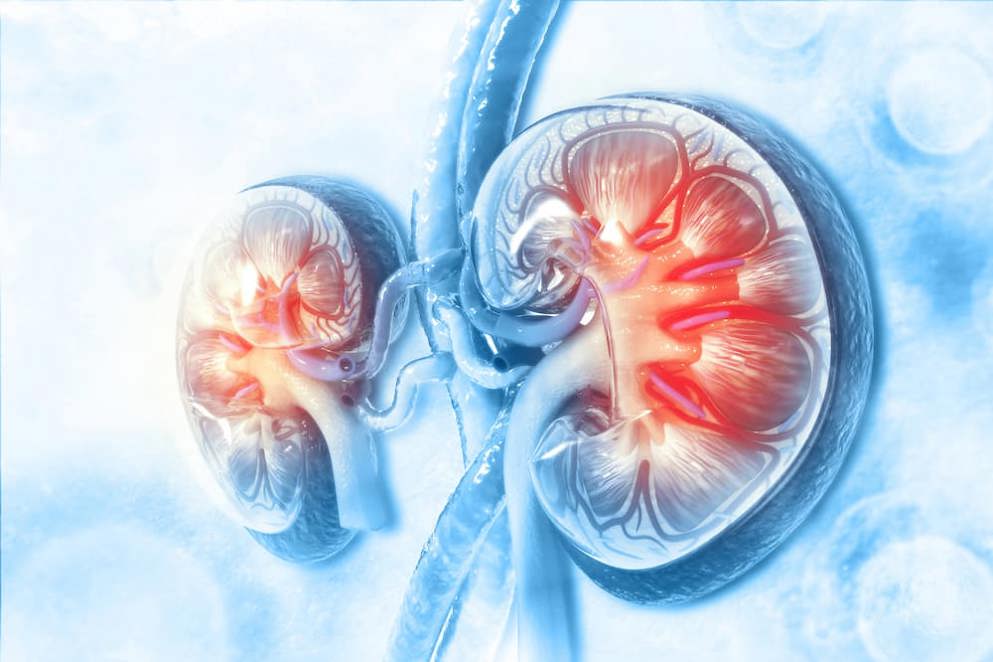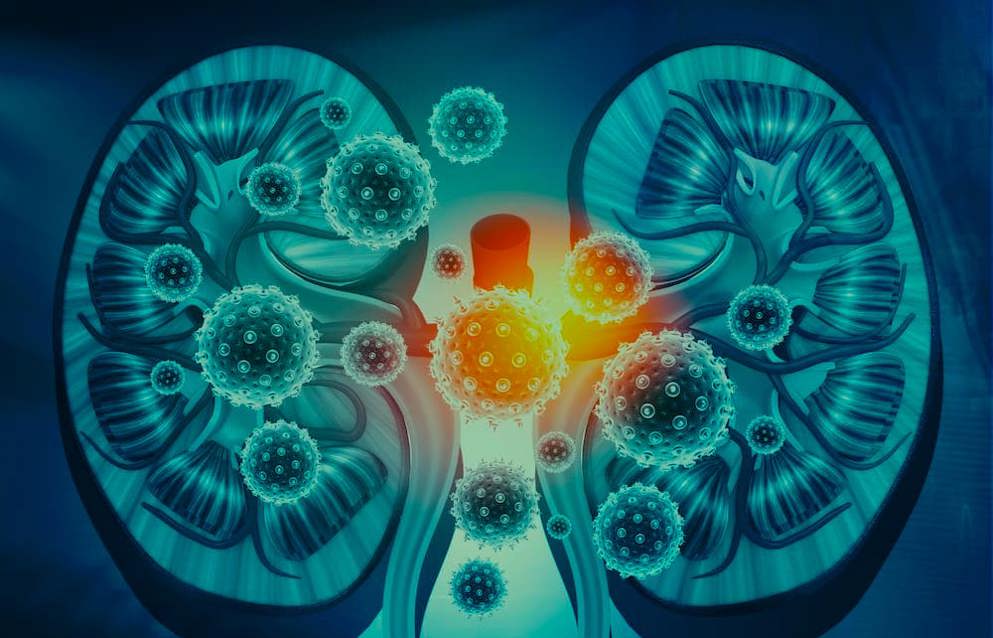Global evolutionary trend of the prevalence of primary glomerulonephritis over the past three decades
Global evolutionary trend of the prevalence of primary glomerulonephritis over the past three decades
Objective: The prevalence of primary glomerulonephritis in Singapore is compared with that of 28 other countries to review changing trends in the evolution of primary glomerulonephritis in Asia and other countries.
Method: 2,586 renal biopsies in Singapore over the past 3 decades were reviewed and compared with data from 28 other countries.
Results: In the 1st decade most Asian countries have mesangial proliferative glomerulonephritis as the most common form of primary glomerulonephritis, and in the 3rd decade there has been a dramatic increase in focal and segmental glomerulosclerosis reflecting aging and obesity in keeping with more developed countries. IgA nephritis remains the commonest glomerulonephritis in many countries. Membranous glomerulonephritis continues to be more prevalent in Western countries while mesangial proliferative glomerulonephritis remains prevalent in many Asian countries.
Conclusion: Apart from geographical and genetic influences, socioeconomic factors may play a role in the evolution of the biopsy pattern in some countries. Worldwide, the prevalence of focal segmental glomerulosclerosis continues to increase. In third world countries some of the commoner forms of glomerulonephritis are related to infections, in contrast to developed countries where the antigenic exposure may be related to diet, allergens and other industrial agents.
Read abstract on library site Access full article




